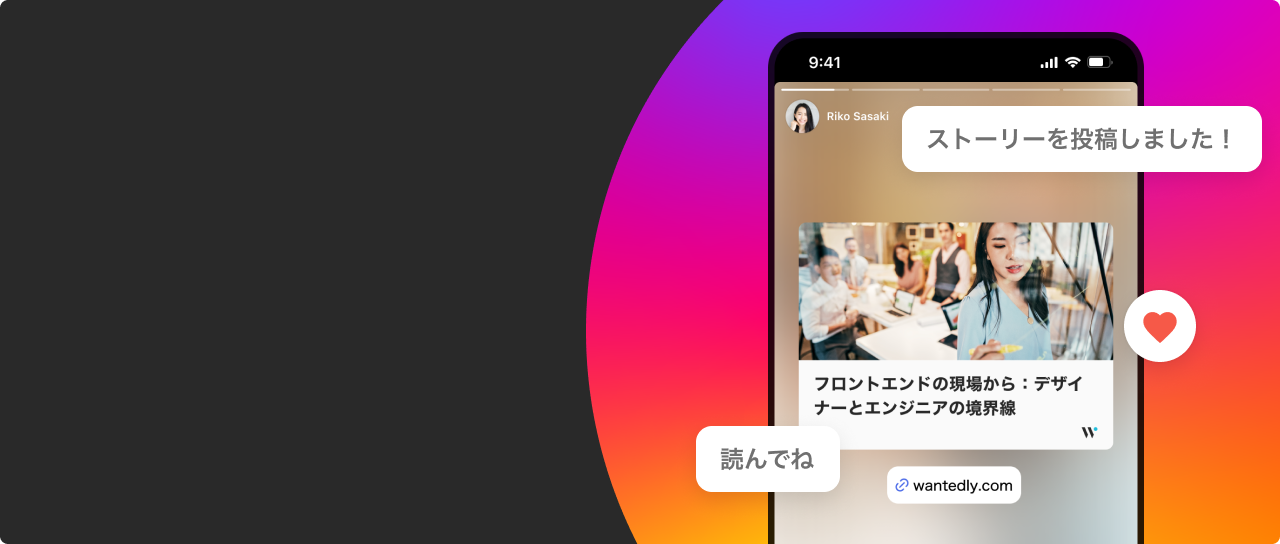From VLOOKUP to Pandas — Why I Started Learning Python | VLOOKUPとVBAを極めた私が、Pythonに挑戦してる理由
Photo by Hitesh Choudhary on Unsplash
For years, I was proud of my Excel skills.
VLOOKUP, SUMIFS, INDEX-MATCH, even VBA — I could make any spreadsheet sing.
I automated workflows, built mini-tools with buttons and macros,
and created dashboards that saved real time.
But as the datasets grew, so did the limitations.
- Lookup formulas became too slow
- VBA scripts got fragile and hard to maintain
- Logic turned into spaghetti
- Manual refreshes wasted hours
I realized something:
I wasn’t solving problems anymore — I was maintaining chaos.
Then came Python. And Pandas.
PowerQuery had served me well.
It helped me automate what used to take hours —
but when tasks got too complex, I hit the ceiling.
That’s when I started looking for the next tool — and found Python.
Funny thing is —
I was just asking ChatGPT for help with a tricky PowerQuery problem.
And then it said:
“You know, this would be much easier to handle in Python.”
That moment shifted everything.
I used to think Python was only for programmers.
But with ChatGPT showing examples step-by-step,
I realized:
“Maybe I can do this too.”
At one point in my career, I started teaching myself Python.
Not because I wanted to be a “programmer,”
but because I needed a better tool for messy, real-world data.
And honestly?
I couldn’t have done it without ChatGPT.
Whenever I got stuck, it was like having a tutor available 24/7.
I don’t write every line of code from scratch —
I describe what I want to do, and ChatGPT helps me shape it.
That “back-and-forth” makes coding feel less like coding —
and more like solving a puzzle, together.
Using Pandas, I could:
- Import dirty CSVs from multiple sources
- Clean, join, filter, and summarize in seconds
- Automate reporting tasks I used to dread
The same logic I used in Excel and VBA?
Now it runs faster, scales better, and is reusable.
I’m not a data scientist. I’m a problem-solver.
And learning Python wasn’t about chasing trends —
It was about taking control.
Because sometimes, the best way forward
starts with realizing your old tools are holding you back.
長年、自分のExcelスキルには自信がありました。
VLOOKUP、SUMIFS、INDEX-MATCH、そしてVBAまで……なんでもこなせる“Excel職人”でした。
ボタン付きのマクロツールで業務を自動化したり、
現場の判断を支えるダッシュボードも作ってきました。
でも、データ量が膨大になるにつれて、限界が見えてきたんです。
- 関数が重くなる
- VBAが複雑化して保守不能に
- ロジックがスパゲッティ状態
- 手動の更新作業に時間を奪われる
気づけば、
「もうこれは“改善”じゃなくて、“混沌の延命”やな…」
そこで出会ったのが、PythonとPandas。
PowerQueryもめっちゃ頼れる存在でした。
でも、条件分岐が多かったり、別ファイルとの突合せが必要になると、
**PowerQueryでも厳しい…**と感じる場面が増えてきたんです。
実は最初は、PowerQueryの処理で悩んでChatGPTに相談してたときに、
「それ、Pythonならもっと簡単にできますよ」って提案してもらったのがきっかけでした。
Pythonって“プログラマーが使うもの”って思い込んでたけど、
ChatGPTがコード例までセットで教えてくれて、
「これ、意外といけるかも」と思えた瞬間でした。
あるタイミングで、独学でPythonを学び始めました。
“プログラマー”を目指したわけじゃない。
現場で扱う「ぐちゃぐちゃなデータ」にちゃんと向き合いたかったんです。
正直言って、ここまで来られたのはChatGPTのおかげです。
詰まった時にいつでも相談できる、“24時間そばにいる先生”みたいな存在。
自分で一からコードを書いてるわけじゃなくて、
「こんなことしたい」ってふわっと投げて、壁打ちしながら仕上げていく。
コーディングというより、ChatGPTと一緒にパズルを解いてる感覚なんです。
Pandasを使えば:
- CSVの読み込み・整形・結合・抽出が一発
- スピードは段違い
- コードは再利用・共有もしやすい
ExcelやVBAでやってたことが、
もっと速く、もっと正確に、もっと美しくこなせるようになったんです。
データサイエンティストじゃない。現場の問題解決屋です。
Pythonを学んだのは、トレンドに乗りたかったからじゃない。
「今のやり方じゃ、もう限界や」って気づいたから。
新しい一歩って、
実は「慣れたツールを手放す勇気」から始まるのかもしれません。



